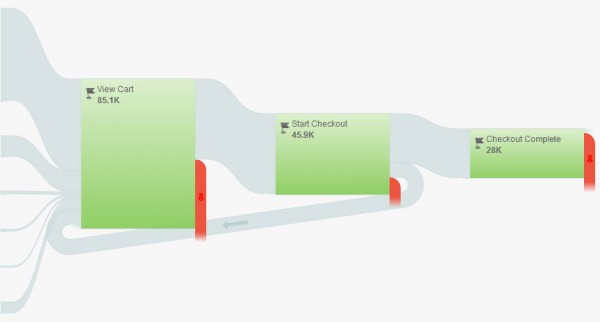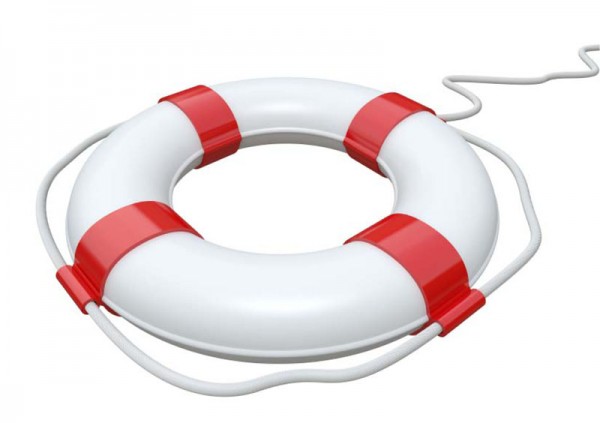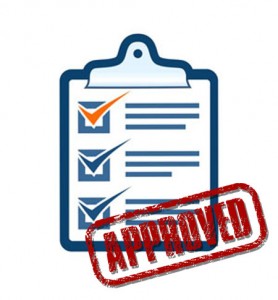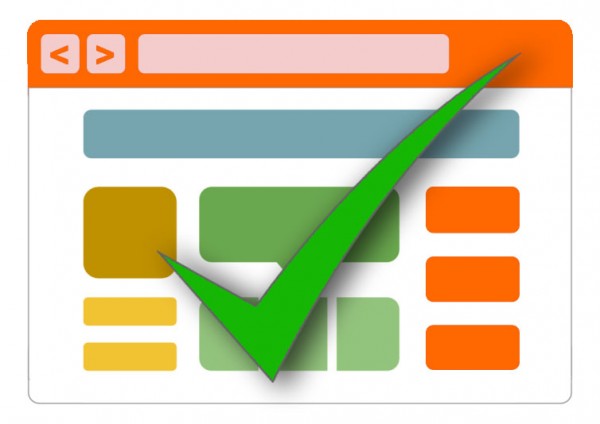The Law of Diminishing PPC Campaign Returns
The purpose of performing a successful PPC campaign is to get clickthroughs — and a lot of them. In many cases, a person will execute a PPC campaign and immediately see very high clickthrough rates only to see the clickthroughs drop significantly after a few months. Unless they are carefully paying attention to their clickthroughs, a campaign can completely bottom out before they realize that it isn’t working anymore.
In most cases the campaign didn’t stop getting clickthroughs because something went wrong — it stopped getting clickthroughs because all PPC campaigns stop getting clickthroughs after a certain period of time. The longer you run the same PPC campaign on the same sites, the more likely you are to see diminishing returns — sometimes happening very rapidly.
In order to plan for successful PPC campaigns, you have to understand that the effectiveness of campaigns will decay over time. This happens for several reasons:
The Novelty Factor
Readers have never seen a PPC campaign when it first launches, which means that the graphics, text and calls to action are fresh. They might click on it out of novelty or because they are intrigued by the content of the ad. But if they’ve seen the ad and clicked through once, there’s little reason for them to click through again. The longer you keep your same ad campaign on the same site, the faster your clickthroughs decline.
The Copycat Factor
If you have a successful PPC campaign, it’s not just your customers who will notice. Your competitors are tracking your ad successes (just like you should be doing with them) and will see what elements of your PPC campaign are attracting customers to click on your ads. Once this happens, there is nothing to stop them from integrating similar elements into their PPC campaigns to attempt to also get positive results. Unless you keep your PPC content and presentation fresh, it will quickly get lost in a sea of copycats.
The Qualified Customer Factor
In order to have a truly successful PPC campaign, you need to make sure that you are reaching the right customers. If you have a successful campaign, this means that qualified customers are reading your ads and clicking through to find out more information. But this also means that the qualified customers will have quickly already clicked through your ads, leaving just low-level and unqualified customers as the only people who haven’t clicked on your campaign.
The solution to this problem is to consistently monitor your PPC campaigns and be ready to either keep the content fresh or advertise in new avenues after a certain period of time. Doing A/B testing will go a long way in helping to determine if your PPC ads are still working or if you need to change things up.


 Posted on June 30, 2014
Posted on June 30, 2014

 Posted on October 29, 2013
Posted on October 29, 2013
 Posted on October 21, 2013
Posted on October 21, 2013
 Posted on September 9, 2013
Posted on September 9, 2013
 Posted on August 1, 2013
Posted on August 1, 2013